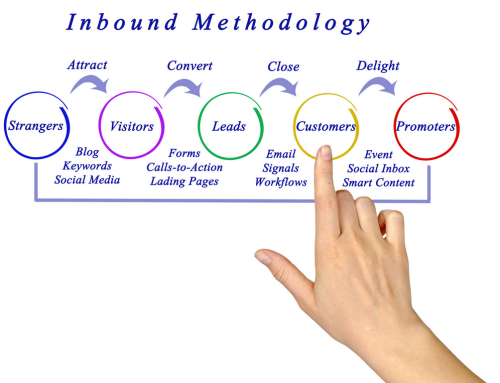 A lot of clients come to us asking for a quality video. The thing is, “a quality video” can have many connotations. Technically speaking, video quality refers to the clarity of a signal, which depends heavily on how your audience watches the video. Unless you’re a TV engineer, this probably is not what you mean when you say you want “a quality video.”
A lot of clients come to us asking for a quality video. The thing is, “a quality video” can have many connotations. Technically speaking, video quality refers to the clarity of a signal, which depends heavily on how your audience watches the video. Unless you’re a TV engineer, this probably is not what you mean when you say you want “a quality video.”
“A quality video” might refer to the type of video camera used in production. I find that most people can’t tell the difference between cameras, and not every video camera is right for every job. Just because a video producer has the ability to record on a 4k camera doesn’t mean that company is any better at helping your brand reach its goals. In fact, a number of Hollywood movies have used different types of cameras with different picture quality to get a wider variety of shots.
Some people mistake the color of the video for quality, when really this is more about picture style. As an example, compare a Hollywood movie in which the story takes place in New York versus one in which the story takes place in Miami. The one in New York might look bluer, while the one in Miami will likely have more of an orange hue.
A Better Definition
I believe “a quality video” can be applied to several traits, all of which are important for delivering value. For instance, production quality refers to the technical process of creating your video in terms of type(s) of camera used, talent hired, directing, lighting, sound and more. But highly professional production quality alone cannot fully deliver a quality video if it doesn’t support your communication goals.
The art of storytelling, combined with a deep understanding of your strategic objectives, is crucial for delivering a quality video. Storytelling is the magic ingredient in a video that helps your company tell a better story¾one that will not only captivate your audience, but persuade them to take the action you want them to take. For instance, with a sales video you might want them to “Buy now!”; with a training video you might need your audience to “always follow these procedures” in order for your company to stay in compliance.
The action you want your audience to take after viewing a video is what your strategic objectives are all about. And the only way to understand those strategic objectives¾and subsequently to develop “a quality video” is to have a conversation with you. Without this conversation, and without these elements, the concept of “a quality video” will continue to be ill-defined.






Leave A Comment